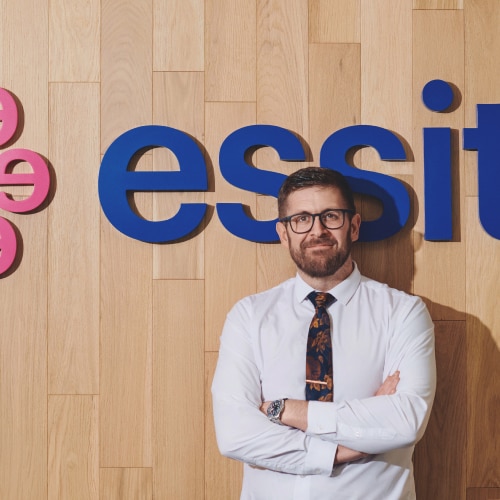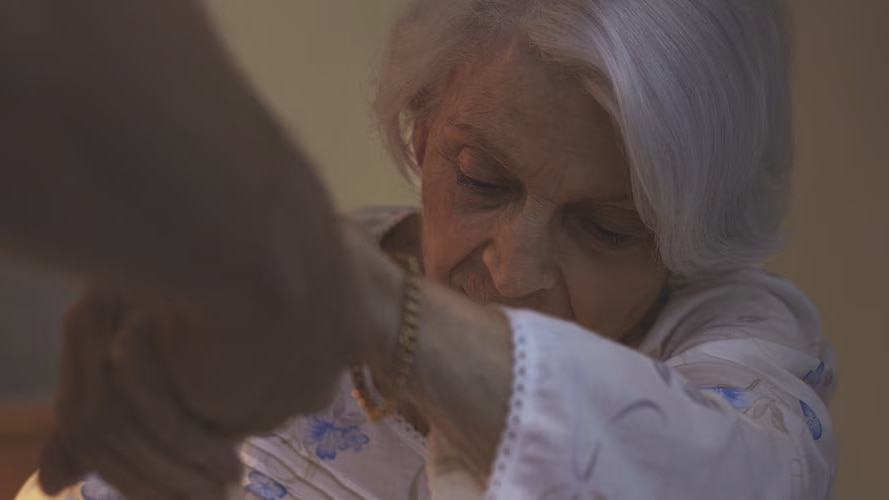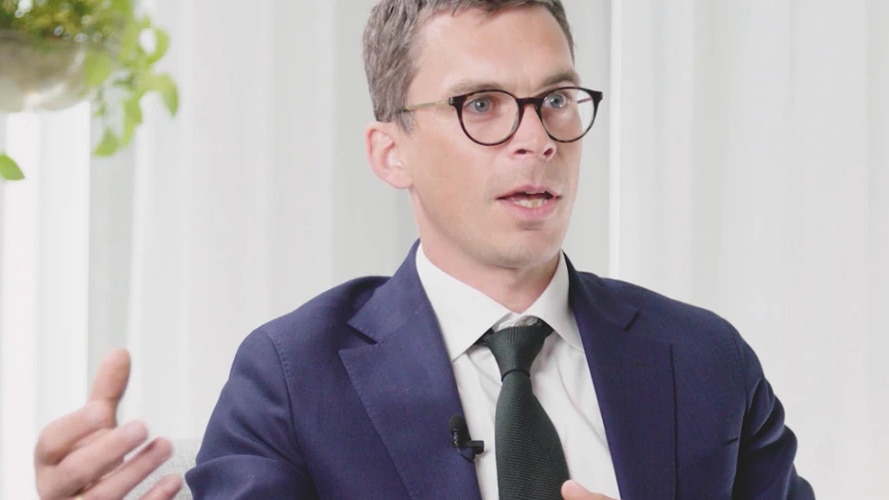We are all unique. With our own wants and needs. And we all come in different shapes and sizes. So, when it comes to incontinence, why is it so hard to be seen and treated as an individual?
Change doesn’t happen overnight
For years, TENA has worked to promote and prove the benefits of a person-centred approach to continence care. And the reason for this is simple: person-centred care benefits everyone. But if the benefits are so clear, why doesn’t every care facility work this way?
Well, real change rarely happens overnight. People have to see the evidence and be prepared to act. Now, thanks to a recent study carried out by Essity in partnership with the UK National Health Service (NHS), more people are seeing the evidence than ever before. And the evidence produced by this study was overwhelming – better care, reduced workloads and a staggering cost saving of around 500 million pounds. The eight-week study took place at an NHS trust in England. The focus was the effect on continence care when absorbent products were chosen based on individual needs rather than price per unit.





